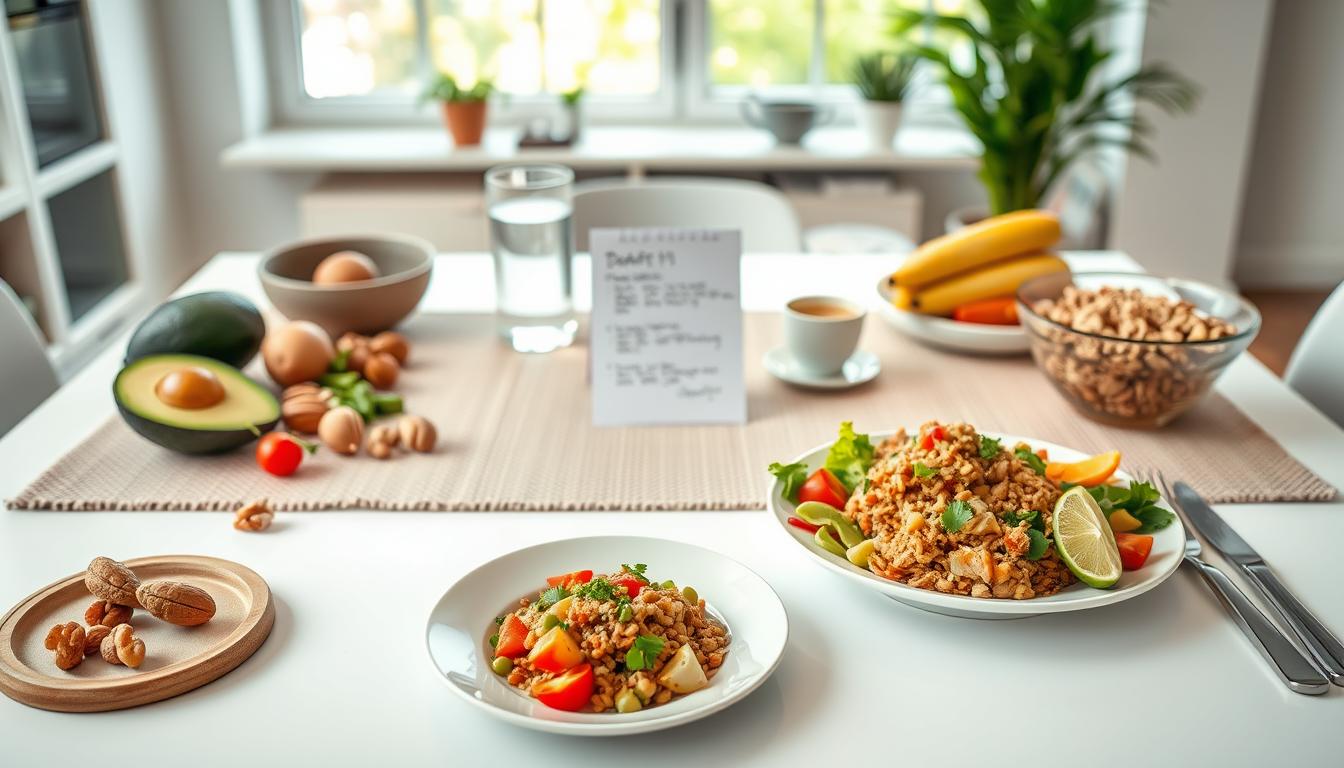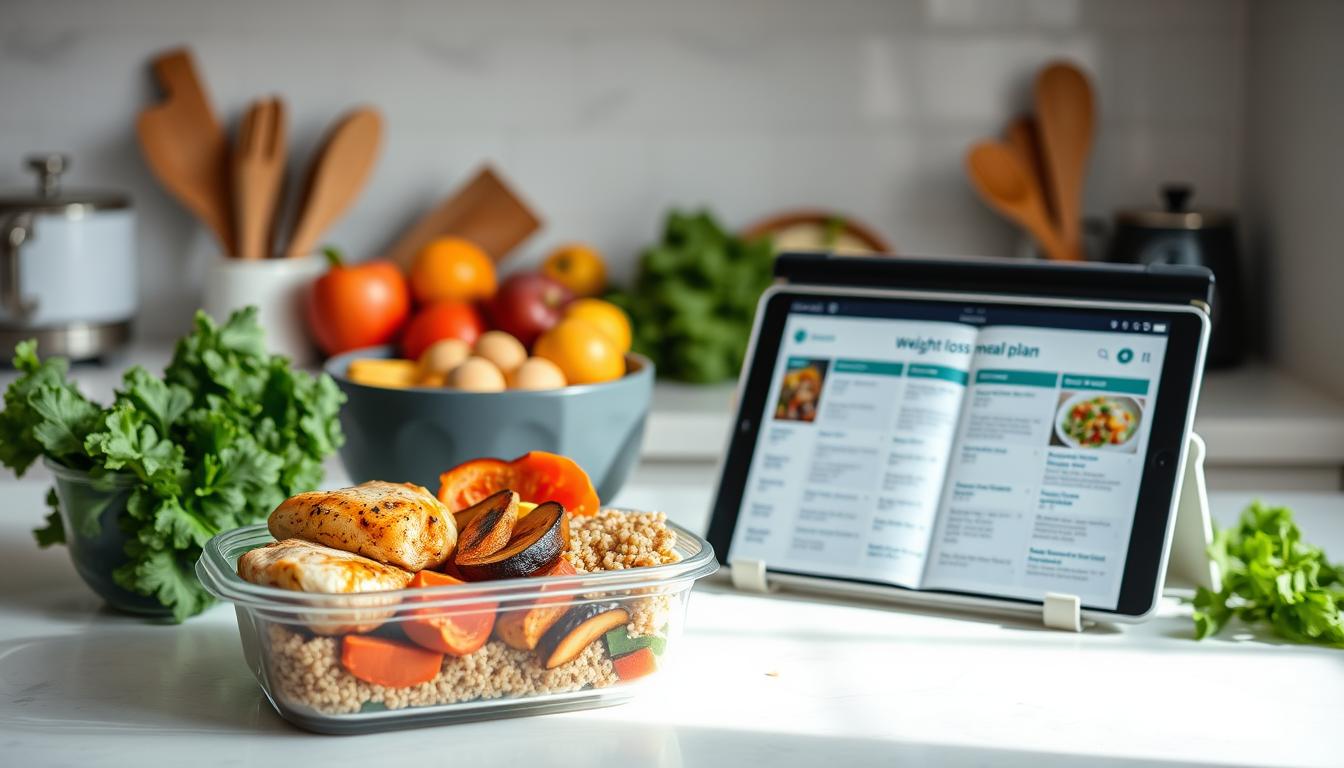Managing type2 diabetes effectively requires a comprehensive approach, with a well-structured diet plan playing a crucial role in controlling blood sugar levels. According to the…
Author: Administrator
Custom Diet Plan for Fat Loss at Home
Did you know that a staggering 70% of adults in the United States are overweight or obese, with many struggling to achieve their weight loss…
Personalized Weight Loss Meal Plans for Beginners
Nearly 70% of adults in the United States are trying to lose weight, but many struggle to achieve their goals due to a lack of…
Quick Healthy Meals for Working Adults
A staggering 75% of working adults report eating unhealthy foods due to their busy schedules, leading to a decline in overall well-being. With increasingly hectic…
Easy Meal Prep Ideas for Busy Professionals
Nearly 75% of working professionals skip meals or opt for unhealthy eating due to their hectic schedules. This can lead to decreased productivity and a…




